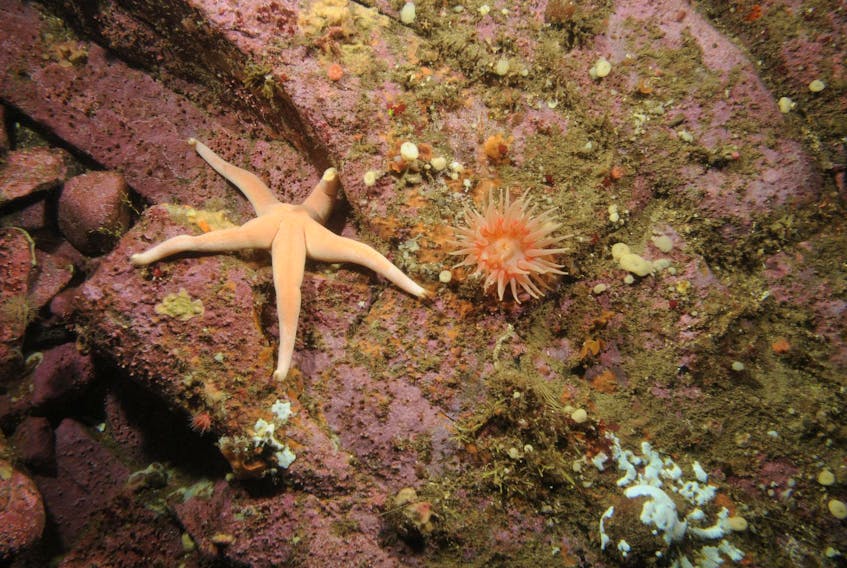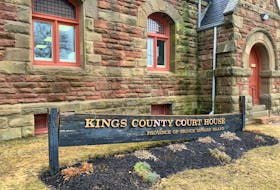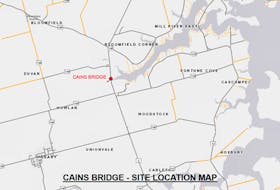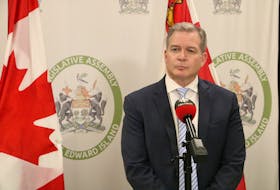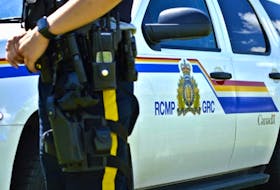The federal government is banning a number of commercial activities, including oil and gas and bottom trawling fishing, within vast swaths of Canada’s marine and coastal areas.
Ottawa announced Thursday that the new protection standards will see Oceans Act marine protected areas function like national parks by providing a high level of environmental protection and banning oil and gas activities, mining, dumping and bottom trawling in all of these areas.
The approach is consistent with what many environmental groups have been demanding. It also meshes with conditions listed in the final report of a federal advisory panel on MPAs released last fall.
“I think this is a really good step forward. It gives industry certainty and it also gives certainty to biodiversity,” said Susanna Fuller, marine biologist and senior project manager with Oceans North. Fuller was also involved in the consultation process conducted by the federal advisory panel on MPAs.
“All industries will know what’s in and what’s out, instead of what happens right now where you have ongoing ad nauseam conversations about what’s in and what’s out. It provides a lot of clarity.”
"It provides a lot of clarity.” — Susanna Fuller, Oceans North
Fuller said the new rules level the playing field between industries while continuing to allow for low-impact fishing activities that are important to the region’s economy.
While the new regulations apply to new MPAs only, Fuller said existing MPAs will have their regulations updated to preclude these activities.
“MPAs get looked at every five years to make sure the regulations are fitting for existing activities,” she said.
“My understanding is ... as existing MPAs come up for regulatory review, they will then have to add those prohibitions in.”
Currently, Fuller said, none of the four newly-prohibited activities are occurring in any of Canada’s 13 MPAs.
Oil and gas not completely out
The federal government has been working toward increasing the protection of marine and coastal areas to 10 per cent by 2020 as part of its obligations under the United Nations Convention on Biological Diversity.

Along with the announcement of the new standards, federal Fisheries Minister Jonathan Wilkinson also announced Thursday the official designation of the Laurentian Channel MPA off the south coast of Newfoundland and Labrador. At more than 11,000 square kilometres this new MPA is Canada’s largest established under the Oceans Act and the first to apply the new protection standards.
This announcement brings Canada’s protected ocean spaces to 8.27 per cent — up significantly from less than 1 per cent in 2015.
Currently, seven out of 13 Oceans Act MPAs representing roughly 19,000 square kilometres of Canada’s 32,000 square kilometres, or 60 per cent, of MPA-protected marine and coastal areas are situated off Atlantic Canada, and three more are being proposed in the region.
And it’s not just MPAs that count towards Canada’s overall marine protection. Other area-based conservation measures including National Marine Conservation Areas established by Parks Canada, National Wildlife Areas, marine portions of Migratory Bird Sanctuaries, and marine refugees also count towards that total. Marine refuges, a type of Fisheries Act closure that prohibit different types of commercial fishing, make up more than 4 per cent of Canada’s protected marine and coastal areas. Of the 34 marine refuges nationally, 27 are in areas off the Atlantic provinces.
Under the new rules, these other types of protected areas will be evaluated on a case-by-case basis for commercial activity, which the federal government says will only be permitted after an environmental assessment, and providing they don’t hinder conservation goals. However, any marine refuges or other protected areas where oil and gas extraction actually takes place will not count towards Canada’s goals.
“This recommendation was crafted to ensure that economic activities that are not harmful to the things being protected in a specific area can and should continue,” DFO said in a press release.
Though Fuller said oil and gas activities are not currently occurring in marine refuges, BP has an exploratory license in the Northeast Slope Marine Refuge off of Newfoundland and Labrador.
In the new Atlantic Accord, a document signed earlier this month that sets out oil and gas management and royalties between governments of Canada and Newfoundland and Labrador, both the Laurentian Channel and Northeast Slope are addressed — prohibiting oil and gas work in the former, and allowing it in the latter.
This means the Northeast Slope Marine Refuge, which currently prohibits all bottom contact fishing activities, will not count towards Canada’s protection targets when or if oil and gas extraction takes place there.
Mixed reaction in Atlantic Canada
Though the new regulations are being lauded as a major step for marine protection and biodiversity by environmental groups, many are still wary about the possibility of commercial activities being allowed in other conservation areas.
“A ban on offshore drilling in protected areas needs to actually ban offshore drilling in protected areas. The federal government announcement today banning industrial activities in MPAs is a great first step, but the ban needs to include marine refuge areas,” said Marilyn Keddy with The Campaign to Protect Offshore Nova Scotia.
“It’s important that all stakeholder groups are treated equitably,” said Simon Ryder-Burbidge with the Halifax-based Ecology Action Centre. “If fisheries are being asked to avoid these areas, we would expect the same for activities like oil and gas and mining that undermine biodiversity protection.”
“It’s important that all stakeholder groups are treated equitably." — Simon Ryder-Burbidge, Ecology Action Centre
In Atlantic Canada, the region most impacted by these protection initiatives, there has also been some pushback from governments and industry. The premiers of Nova Scotia and Newfoundland and Labrador have, in the past, expressed concern about losing out on the economic benefits of oil and gas as well as the disproportionate amount of protected areas surrounding their provinces. The fishing industry has also spoken out about the perceived double standard of restricting fishing activities but not oil and gas in certain areas.
In a press release, Fish Food and Allied Workers-Unifor called the ban on industrial activity in MPAs a step in the right direction. But it is asking the federal government to extend this ban to the many thousands of kilometres encompassed by marine refuges, which prohibit fishing activity while continuing to permit oil and gas exploration.
“It’s clear that exceptional accommodations are still being made for the oil and gas sector,” said FFAW-Unifor President Keith Sullivan.
“We cannot ask fish harvesters to accept the closure of an area to fishing activity for conservation purposes while continuing to allow oil and gas exploration in that same area.”
Nova Scotia Premier Stephen McNeil told reporters Thursday that the Nova Scotia government believes strongly in ensuring environmental protection while also encouraging economic development and job creation.
RELATED:

